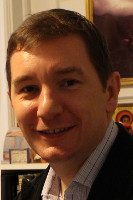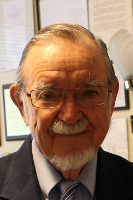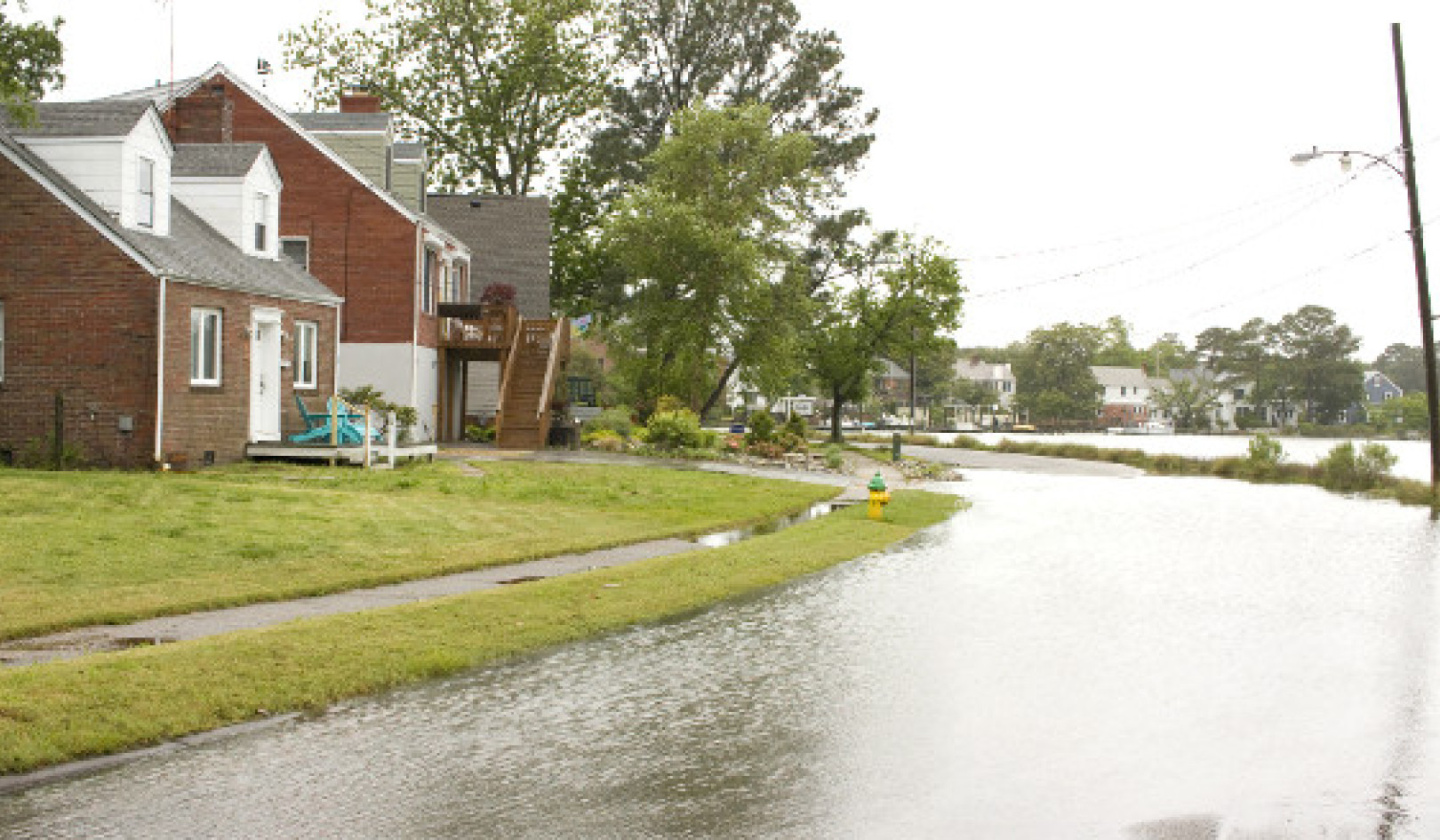
The cynic might argue that in modern industrialized societies our sole purpose is to individually consume our share of the commonwealth by purchasing goods and services from the marketplace, or, advocate that institutions assume the lion’s share of the responsibility for the provision of health, safety, child-raising, economic and ecological stewardship, care, and production of food that appeals to diverse personal preferences regardless of environmental impact.
But this outlook is hazardous to all our futures and the future of our planet. Our shared purpose as neighbors is to produce the common good by assuming principal functions in the areas of health, safety, raising our children, economic and ecological stewardship, care, and local (carbon neutral) production of nutritious food — and make practical the adage, “Think global, act local.”
What are we inviting our neighbors to do together?
Aside from connecting for neighborliness, what other functions do vibrant neighborhoods undertake? As an answer, consider these seven irreplaceable community functions:
1. Enabling health
When transformed into communities, our neighborhoods and other small local places are the primary source of our health. How long we live and how often we are sick are largely determined by our personal behaviors, social relationships, physical environment, and income. Medical systems and doctors cannot change these factors:
Most informed medical leaders recognize the limits of their medical systems as far as health-giving power, and advocate nonmedical community health initiatives. But as neighbors, we can change these things for one another through collective effort.
2. Ensuring security
Whether we are safe and secure in our neighborhood is largely within our domain. Many studies show that there are two major determinants of local safety: How many neighbors we know by name; and how often we are present and associated in public — that is, outside our homes.
Police activity, even when community centered, is still only a secondary protection compared to these two community actions. Most informed police leaders advocate for community alternatives to heavy handed enforcement and surveillance.
3. Stewarding ecology
The future of this planet calls on us to “think global, act local.” The “energy problem” is our local domain because how we transport ourselves, heat and light our homes, and create waste. All are major factors in saving Earth.
Take climate change: Most of the energy we use to light our communities, run our cars, heat our homes, and power our local businesses comes from giant, distant, toxic, nonrenewable sources of energy. The real alternative is for local communities to plan, finance, and produce local, renewable energy that is reliable, safe, and sustainable — and can bring a net financial return to local economies.
4. Shaping local economies
In our villages and neighborhoods, we have the power to build a resilient economy that is less dependent on the mega-systems of finance and production that have proven to be so unreliable. Many successful enterprises begin in garages, basements, kitchens, and dining rooms.
As neighbors, we can nurture and support these businesses so that they have a viable market. In doing so, we can capture our own savings — through cooperative groups, credit unions, and land trusts. These endeavors are also the most reliable sources of nearby jobs: In many communities, word of mouth among neighbors is still the most important access to employment.
5. Contributing to local food production
There’s a growing realization that the production of the food we eat is an important community competency. Being allied with the local food movement and supporting local producers and markets helps solve the energy problem caused by the transportation of foodstuffs from far away. It helps ensure our currencies circulate locally.
We also improve our health by eating food free of poisons and not reliant on petroleum. Backyards, community gardens, and locally owned farms are therefore primary sites for local economic renewal and environmental sustainability, as well as for producing nourishing food.
6. Raising our children
As the saying goes, it takes a village to raise a child. Yet in modernized societies this is rarely true. Instead, we pay professionals employed by institutional systems—teachers, counselors, coaches, youth workers, nutritionists, doctors, McDonalds, and social media—to raise our children. As families, we are often reduced to paying others to raise our children.
Many of our villages have become incompetent at childraising, seldom being responsible for our or our neighbors’ children. As a result, we talk about a local “youth problem” everywhere. But there is no “youth problem.” There is a village problem. Adults have forgone their responsibility and capacity to join their neighbors in sharing knowledge and experience with their children and in receiving their children’s wisdom in return. It’s time for the village to show up and take responsibility again.
7. Cocreating care
Our institutions can only offer service, not care. Care can’t be provided, managed, or purchased from systems. Care is the freely given commitment from the heart of one to another.
As neighbors, we care for one another, for our children, for our elders. And this care is the basic power of a community of citizens. It’s what enables our neighborhood’s future.
The new connections and relationships we create locally further build community: In joining together, we manifest our care for the children, our neighbors, the earth, and our democracy.
The Power of Connected Communities: Interconnected and interdependent
These seven neighborhood functions are interdependent, connected in obvious and less obvious ways. Nutritious local food clearly connects with health, the local environment, and local economies. The relationships between local food production and raising children, care, and safety are less clear—but on closer inspection, the links are there.
Further, each of these seven functions offer different entry points to a vibrant neighborhood, attracting different people and therefore creating significant diversity among participants. Yet each participant will inevitably benefit from the collective efforts of their neighbors: The whole truly is greater than the sum of its parts.
Copyright 2022. All Rights Reserved.
Printed with permission.
Article Source:
BOOK: The Connected Community
The Connected Community: Discovering the Health, Wealth, and Power of Neighborhoods
by Cormac Russell and John McKnight
 We may be living longer, but people are more socially isolated than ever before. As a result, we are hindered both mentally and physically, and many of us are looking for something concrete we can do to address problems like poverty, racism, and climate change. What if solutions could be found on your very doorstep or just two door knocks away?
We may be living longer, but people are more socially isolated than ever before. As a result, we are hindered both mentally and physically, and many of us are looking for something concrete we can do to address problems like poverty, racism, and climate change. What if solutions could be found on your very doorstep or just two door knocks away?
Learn to take action on what you already deeply know—that neighborliness is not just a nice-to-have personal characteristic but essential to living a fruitful life and a powerful amplifier of community change and renewal.
For more info and/or to order this book, click here. Also available as an Audiobook and as a Kindle edition.
About the Authors
 Cormac Russell is a veteran practitioner of asset-based community development (ABCD) with experience in 36 countries. A social explorer, author, speaker, and managing director of Nurture Development, he sits on the faculty of the Asset-Based Community Development (ABCD) Institute, at DePaul University, Chicago.
Cormac Russell is a veteran practitioner of asset-based community development (ABCD) with experience in 36 countries. A social explorer, author, speaker, and managing director of Nurture Development, he sits on the faculty of the Asset-Based Community Development (ABCD) Institute, at DePaul University, Chicago.
John McKnight is cofounder of the Asset-Based Community Development Institute, a Senior Associate at the Kettering Foundation, and sits on the board of a number of community development organizations. Cormac Russell and John McKnight coauthored The Connected Community: Discovering the Health, Wealth, and Power of Neighborhoods.


























